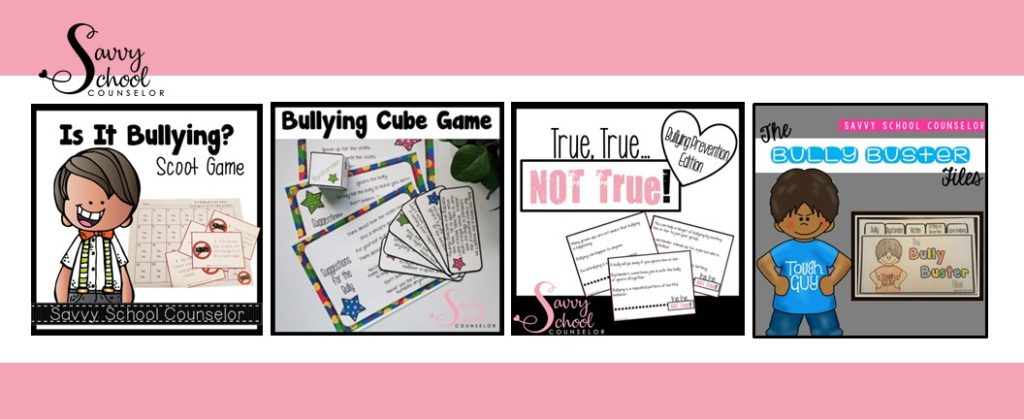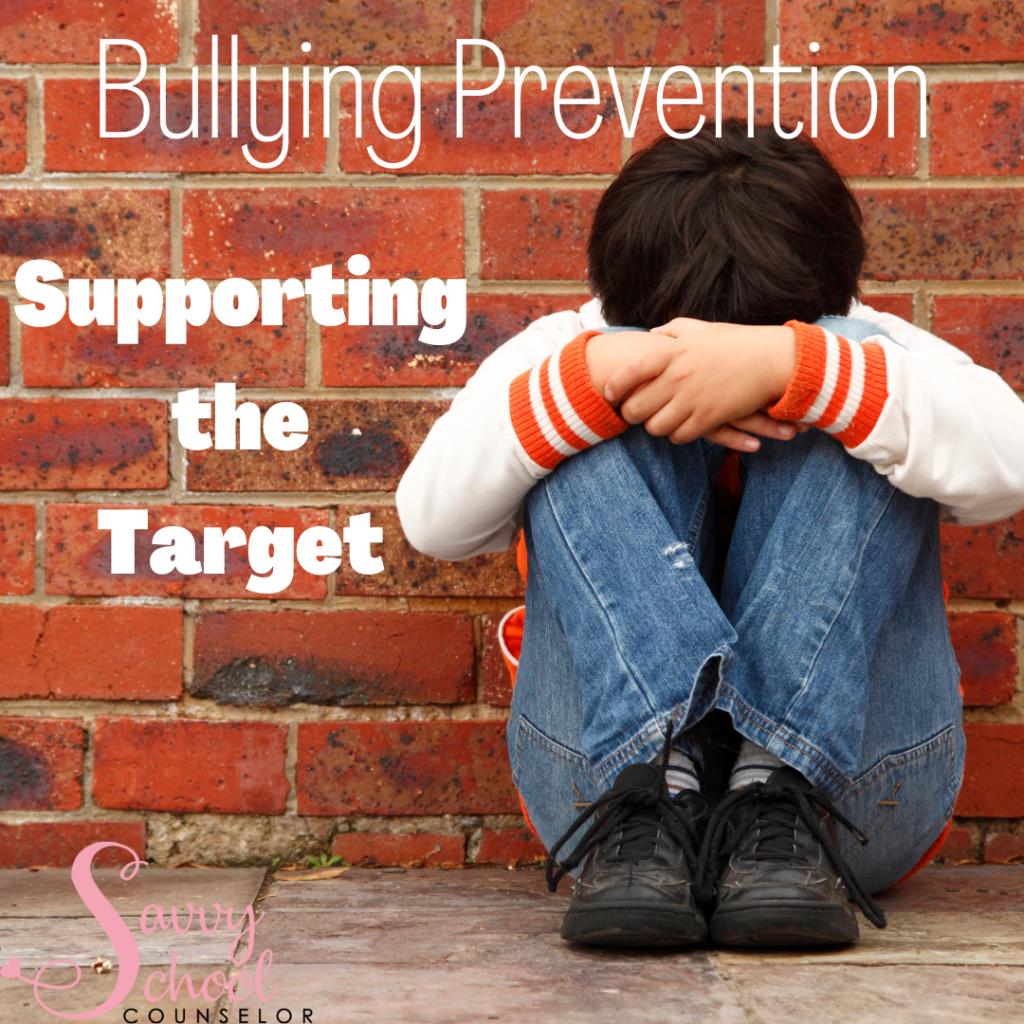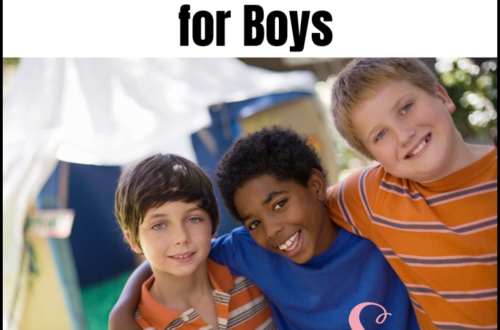Bullying Prevention: Supporting The Target
It’s officially bullying prevention month! Last week we focused on upstanders. Today, I want to share my thoughts on supporting targets of bullying.
I can remember being the target of bullying at a young age. It was the beginning of summer break, and my mom enrolled me in an at-home daycare. I was about 10 years old. It seemed from day 1 that my bully had a problem with me. I was introduced to the kids by the director of the center. We went outside to play, and the bully walked over looking at me with disgust. “Vanessa Green, huh?” she said as she flicked one of my pony tails.
My entire first week was miserable for me. I would hate to see her when I was dropped off. To be honest, I can’t even remember everything she said or did. I just know there was something every day that bothered me, and I hated going. Up until that week, I never had a problem standing up for myself at all. It was something different about this time.
By the time the week ended, I had complained enough to my mom for her to remove me and place me somewhere else. I don’t remember telling her about the girl, I just remember saying how much I didn’t like it there. I’m glad my mom listened and quickly made that adjustment for me.
Supporting Targets of Bullying
Not all targets of bullying are able to be removed from their situations like I was. Back then, the topic of bullying wasn’t “a thing.” Now we have an entire month dedicated to it, and I think that’s GREAT! Bullying Prevention Month was founded in 2006 by PACER’s National Bullying Prevention Center.
So how can we support targets of bullying? Bullying Prevention Month allows us to take a proactive approach. Here are five points to consider:
- I believe it’s important for school’s to stress that bullying will not be tolerated from the beginning. When students hear from administration, counselors, and teachers that there are steep consequences for those who bully, potential targets will know the adults at their school have plans to take action. The month of October is good time to get everyone involved in addressing bullying prevention. Although counselors typically take on this topic, it is a good idea to have a school-wide bullying prevention campaign. That can be as simple as sharing bullying prevention tips each morning during the announcements.
- Role-playing is another way to proactively prepare kids for possible bullying situations. However, never have students “pretend to be the bully.” You can practice this by using scenarios and having the students tell what they would do or say. Although students should expect the adults to be involved in situations where they aren’t safe, we need them to begin to build the courage to stand up for themselves. With that said, it’s also a good time to teach about courage. Helping kids understand courage and how to show it is another way to proactively prepare potential targets of bullying.
- Self-confidence and self-esteem are good topics for potential targets of bullying. Because we don’t know who those potential targets are, we should make sure all students understand that they matter and that they are important. Self-confidence activities allow kids to think about their strengths and what makes them special and unique. Hopefully they will begin to realize that because they matter, they deserve to be treated with respect. When they are not being treated with respect, they will be able to recognize it and speak up.
- Take time to talk about the people in the school students can talk to if they are being targeted by a bully. During this conversation, remind them how important it is to tell an adult. I’m sure you can relate to the fact that many students suffer in silence, reach their breaking point, and finally tell their parents. The parents are then upset that nothing has been done, and most times the teacher was never made aware of the problem in the first place. Make sure your students know that you and their teachers want to know and that you can’t do anything about the problem if students don’t share. Which brings me to my next and final point.
- Make sure your students understand the difference between tattling and telling. People who tattle are trying to get someone IN trouble. People who tell (or report) want to get someone or themselves OUT of trouble. This is another time to use scenarios with examples of tattling and telling and having your students identify which category the scenario falls under.
My TpT Bullying Prevention Resources
I have several resources in my store, so be sure to check them out! All of the Bullying Prevention resources will be on sale Oct. 3-4. Here are links to a few of them:
The Bullying Cube Game encourages students to think through how to respond as a victim and a bystander in a bullying situation. They will also learn about changing bullying behaviors.
True, True…NOT True: Bullying Prevention Edition is based off of Two Truths and a Lie. Students will decide which of three statements on the cards are true and discuss their reasoning with their assigned groups.
The Bully Buster Files is part of the Savvy Files Series. It comes with a lower and upper grade version and includes pamphlets for a print and go option.
The Bullying Scoot Game is an activity that will have students up and engaged as they “scoot” from card to card throughout the room and mark answers for each card on their answer sheets.
There’s also a Bullying Prevention Board Game and Cyberbullying I Have/Who Has.
Click the picture below to see the entire list of bullying resources.

Stick around! You can follow Savvy School Counselor with free email updates. You can also follow my TpT Store to keep up with my latest products and freebies. Additionally, I do giveaways through My Facebook Page with my new products. Be sure to like Savvy School Counselor on Facebook and click to receive notifications so you don’t miss them!





One Comment
Pingback: